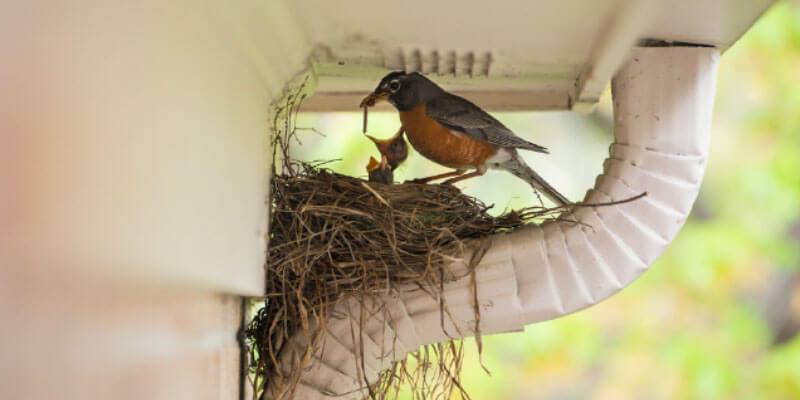One of the issues that many parents worry about when they separate is the effect on their children as they move between two homes. One solution that some parents have used is called “nesting” or “bird’s nest custody.” This post outlines this newer custody model, and offers some tips for parents considering the approach.
Breaking Down Bird’s Nest Custody Arrangements
Nesting arrangements involve keeping the children in one home, while the parents alternate their time in that home with the children. For instance, Parent 1 might be in the home with the children for a week, then Parent 2 might be in the home with the children for the next week. While not in the family home, parents might use a jointly rented apartment as a second home (not at the same time of course), or both might have separate apartments they use while not with the children.
Nesting works best for a couple that has a high degree of flexibility, mutual respect, and a strong desire to put the children’s interests first. It is particularly important that the parents have agreed on ground rules including detailed schedules, discipline, parenting styles, household duties and responsibilities, and communication.
Accordingly, because of the high levels of communication and cooperation required for this to work well, courts will be very reluctant to order this kind of child custody arrangement absent full agreement of the parties. It is not something to try and get the court to force the other parent to do, rather it is a plan the two of you can jointly present to the court for approval.
Potential Sources of Conflict with Nesting Custody Arrangements
For this to work from the children, they need to be shielded from any parental conflict and have a stable home life that does not change drastically depending on which parent is with them at a given time.
Many parents may find that bird’s nest custody is not a great long term solution, as it still leaves them bouncing between homes which is disruptive and can increase their stress levels.
Moreover, alternately sharing the same space can create privacy issues, especially if one party begins a new relationship.
Because one parent may end up finding that the nesting arrangement works less well for them than for the other parent, each parent needs to have the ability to terminate the arrangement — which means they should also worked out in advance what happens to the house. Does it get sold, does one parent buy the other out, what happens if the parent lacks the ability to buy the other out?
Tips to Consider Before Deciding on a Nesting Arrangement
I would encourage anyone considering a nesting type arrangement to work with a parenting specialist (we can recommend some names) in developing a plan that will work for the children as well as both parents. The parenting specialist can help you foresee issues that may arise and plan in advance how to deal with those issues when they do arise. They can help you evaluate whether nesting is the best solution for your family, given the unique personalities and other factors involved.
I would also suggest giving it a trial period. Do not enter into long term commitments until you have seen how well this actually works for you and the rest of your family. It may be that while it helps the children through a transitional phase of getting used to the breakup of their parents, they are soon ready for separate households. Chances are they already have friends with more than one household, so the concept may not seem that scary or strange.
Finally, if you think this kind of approach might work for your family, I would strongly urge you to engage in a non-litigation process for your divorce, such as mediation or collaboration. I believe Collaborative Divorce is a particularly good approach in this situation as it focuses on cooperative problem solving and pairs you with collaborative professionals such as parenting specialists to assist you in working out the best plan possible. Litigation on the other hand tends to destroy what relationship is left, making it even more difficult to work together not only in coming up with a workable plan, but as co-parents in the future.
Additional Pointers
Privacy:
It also may help a great deal if each parent is able to have their own bedroom in the house. Alternating in the same bedroom will likely be emotionally difficult as that is where the strongest reminders of the other parent will be, and means that each parent lacks even that small bit of privacy in the home from the other. Each having a space of their own allows each parent to feel more at home, and feeling at home will allow them to be better, more relaxed parents.
Financial ties:
Another factor for parents to consider if they are thinking about bird’s nest custody as a long term solution is that they will both continue to be financially tied to each other. Presumably they will remain co-owners of the house, which means they will not only need to depend on each other to make their share of payments, but also will need to regularly agree on all kinds of other issues such as house maintenance and repairs, household bills, and ultimately the sale of the house (timing, listing agent, price, etc.) when that time comes
If you would like to discuss this or other co-parenting strategies, you can make an appointment to talk with one of our Seattle Family Lawyers by calling us at 206-784-3049 or using completing our contact form.

